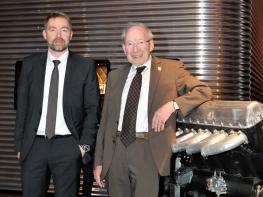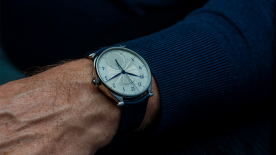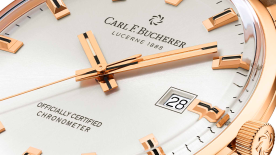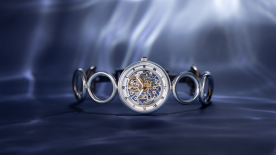When we met last year, you presented late-stage prototypes of the new IWC “tractor” calibres 69000 and 42000, specifically mentioning that they will be used in the Aquatimer and Pilot’s watches (see our interview). Can you tell us more about their development?
Stefan Ihnen: We have been through a second stage of prototypes and we are moving forward with the industrialization. We are now setting up the first production lines, which will be geared towards huge volume production. We also have to wait for our new production site, which should be ready by April 2017. As far as the watches are concerned, we have done a first series for internal testing and we have people at the manufacture who are wearing these calibres on a daily basis. We are talking about the entry-level for IWC so we cannot afford any mistakes because of the volumes that will be involved once we enter production.
There are a huge number of new models in the Pilot’s watch collection, with many visual modifications. What was your involvement in the development of the collection and what are the technical highlights?
We have two huge research and development departments. One is more strategic and deals with movement and component development, the other is much more design driven. They will come up with their requirements and then we will consider the technical aspects of the collection.
You are presenting a new complication in the pilot’s watch collection with the Timezoner Chronograph. Can you explain how the sprung rotating bezel works?
We actually bought the intellectual property for this from Vogard, but the execution is completely by IWC. We have to be sure that you cannot turn the bezel accidentally while you are wearing the watch, so we took an old mechanism from the Ocean 2000 model from 1980, for which the bezel had to be pushed down before you could turn it. Then we added the coupling mechanism from the Aquatimer from two years ago, with the outer ring turning the inner ring, but in this case it directly turns an inner module for the time zone. It’s good for travelling, of course, but it’s also handy if you just want to check the time somewhere else in the world if you want to make a phone call to New York, for example.
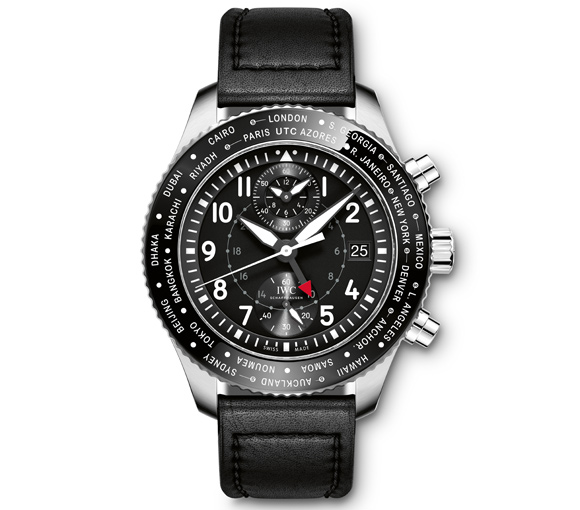
___________________________________________________________________
Kurt Klaus explains the IWC pilot’s watch collection in a nutshell
There is no better man to give you a rapid overview of the IWC pilot’s collection, or indeed any other of the brand’s watches, than Kurt Klaus, who has worked at IWC for… 59 years!
“I was involved a long time ago as a very young watchmaker and I assembled the movements for the Mark 11, which was my first contact with the pilot’s watch. Then I was later involved with the new models. The Mark 11 was produced until the early 1980s and then we made the first automatic pilot’s watch in the same style as the Mark 11, so we called it the Mark 12. The “Mark” name comes from the Royal Air Force, who commissioned the first models. Later I worked on the first pilot’s chronograph and the Porsche Design chronograph, which had the same movement. As a genuine IWC construction we added the “Doppelchronograph” as a module on to the existing calibre. We even used to have a quartz chronograph for the pilot’s collection using a Jaeger-LeCoultre movement.”
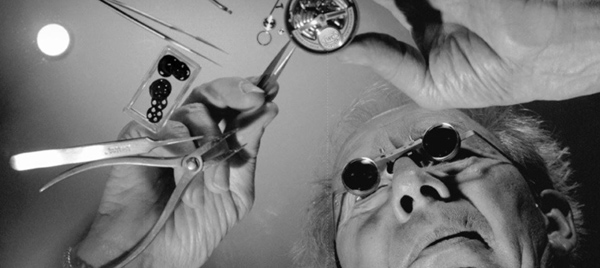
With IWC concentrating on a new collection every year for the SIHH, we can only wonder what will come next. Kurt Klaus was wearing an IWC Da Vinci perpetual calendar when we spoke to him. Now there’s a thought…
